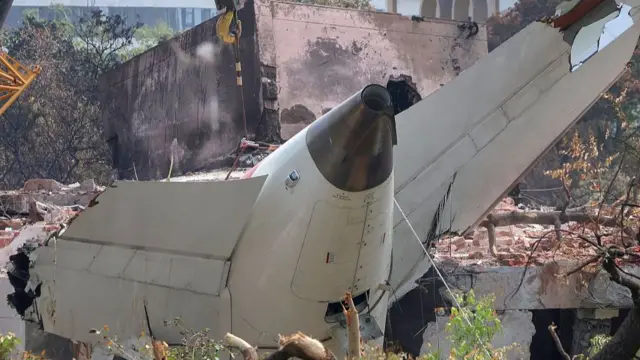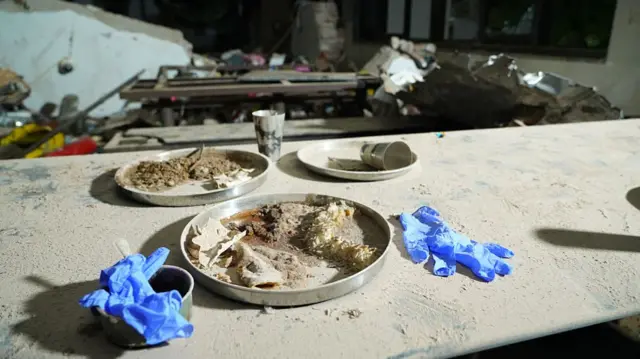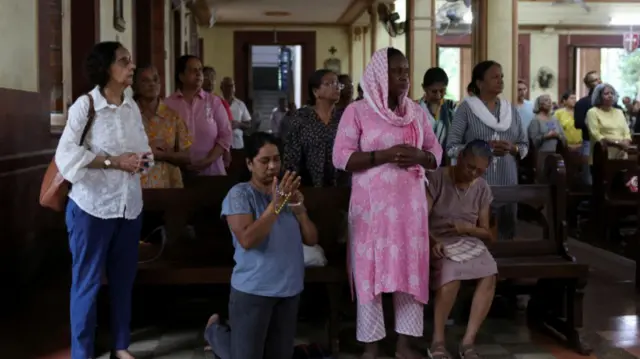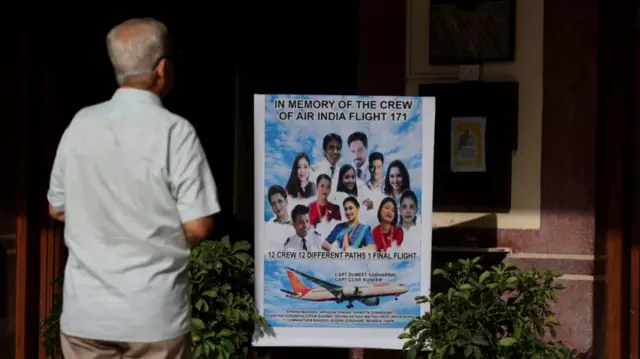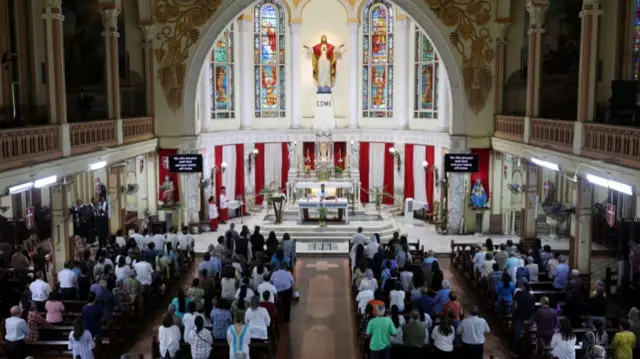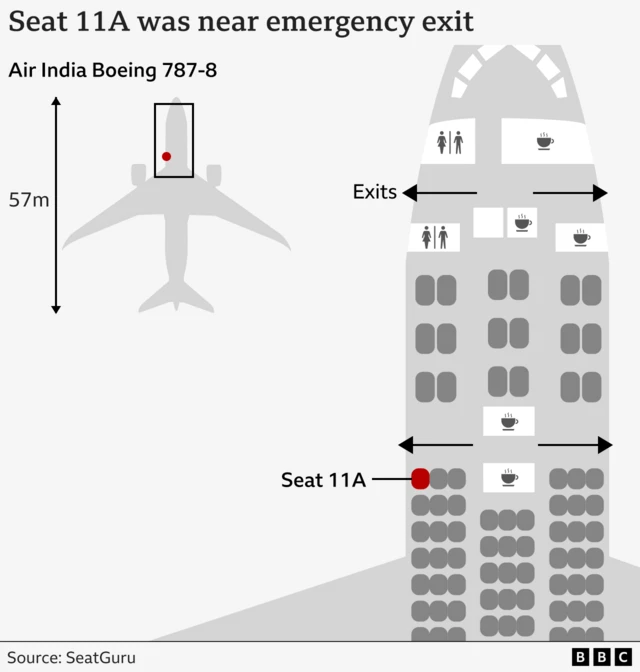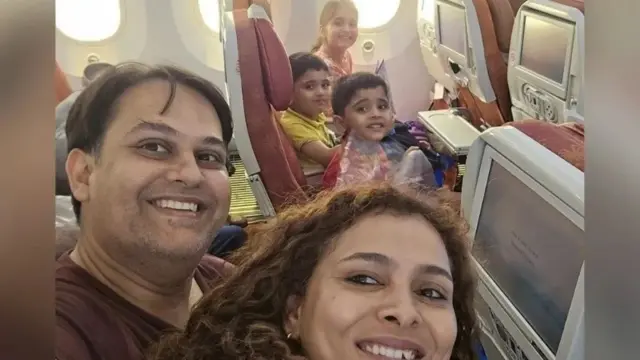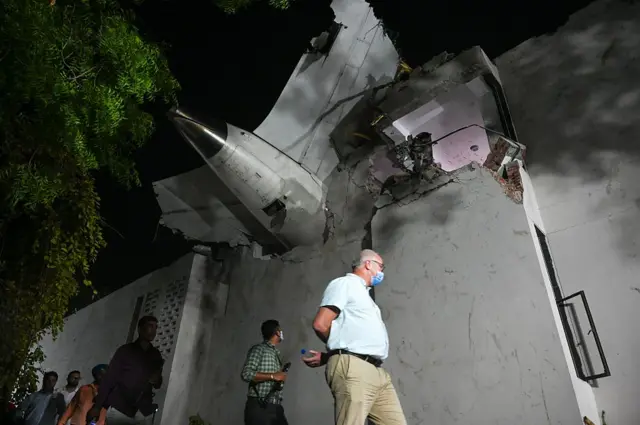Indian pilots' association calls for more transparency in crash investigationpublished at 09:36 BST 12 July
The Airline Pilots' Association of India (ALPA India) has reacted to the preliminary report on the crash, raising concerns over the way the investigation is being handled.
In a statement reported by Indian media, external, the pilots' union said it was "surprised at the secrecy surrounding these investigations" and alleged that "suitably qualified personnel were not taken on board for the probe".
“We feel that the investigation is being driven in a direction presuming the guilt of pilots and we strongly object to this line of thought,” ALPA India's president, Captain Sam Thomas, says in the statement.
The preliminary report says just seconds after take-off, the cockpit audio captured one pilot asking the other, “Why did you do the cut off?”, referring to the fuel switch that starved the engines. The other replied, “I didn’t.” It's still unclear who asked the question and who answered.
The union urges the authorities to allow it to join the process to help ensure transparency.
“We once again request the powers that be to include us even in the capacity of observers so as to provide the requisite transparency in the investigations,” the statement adds.

